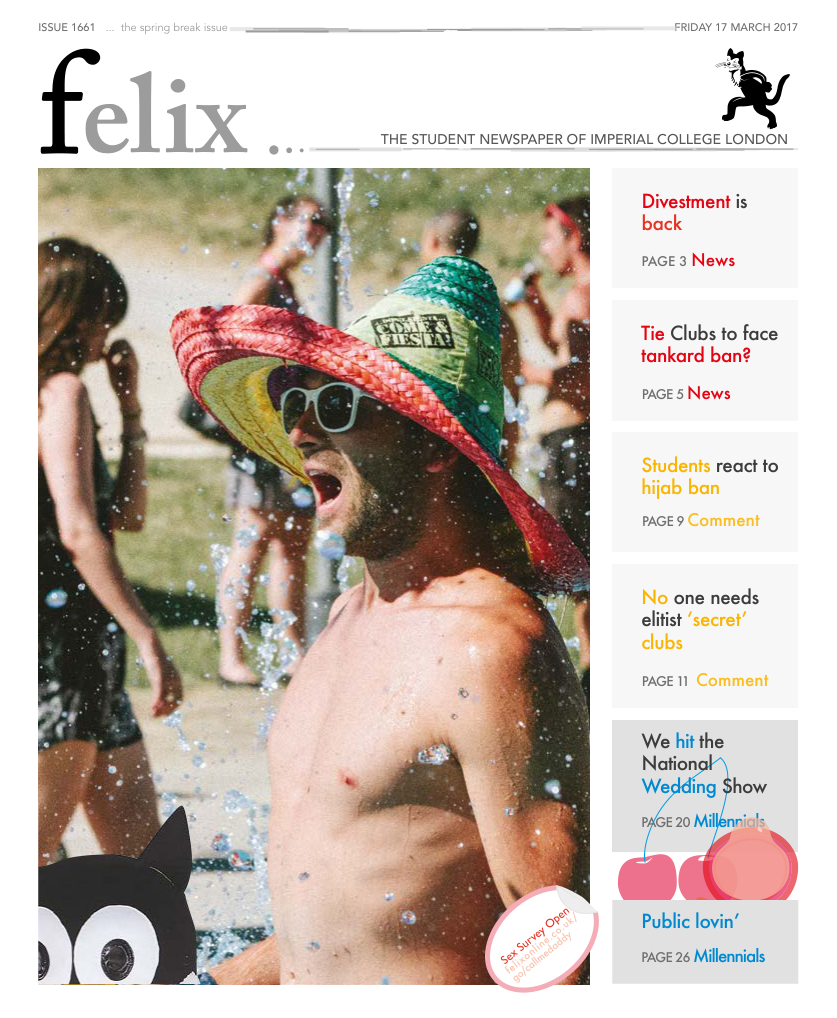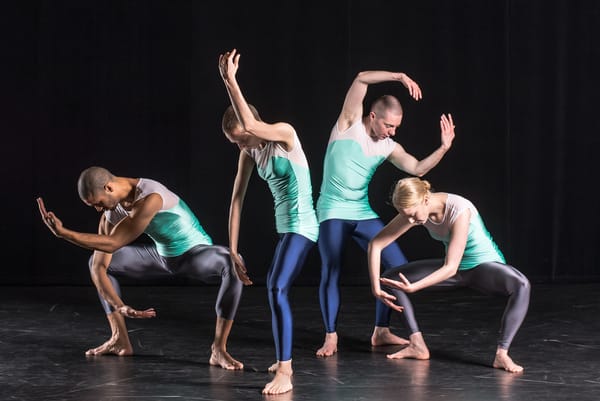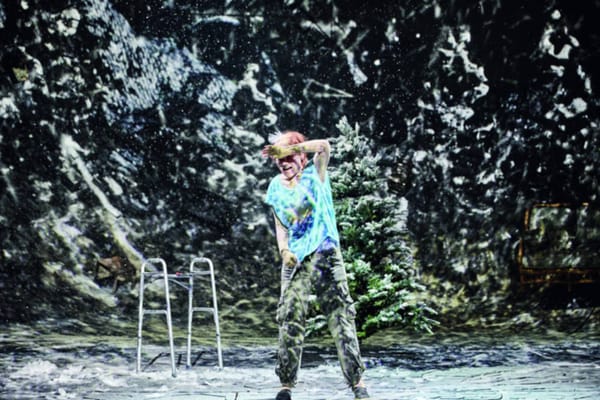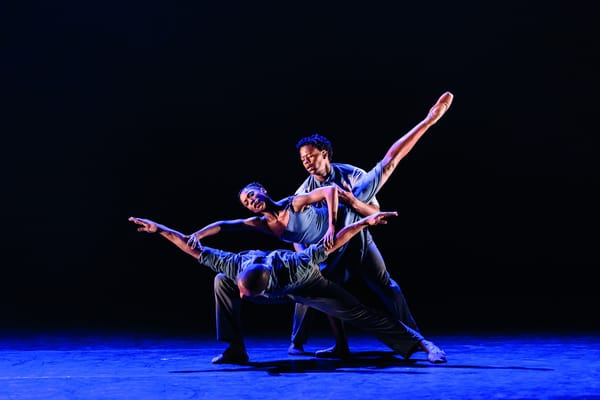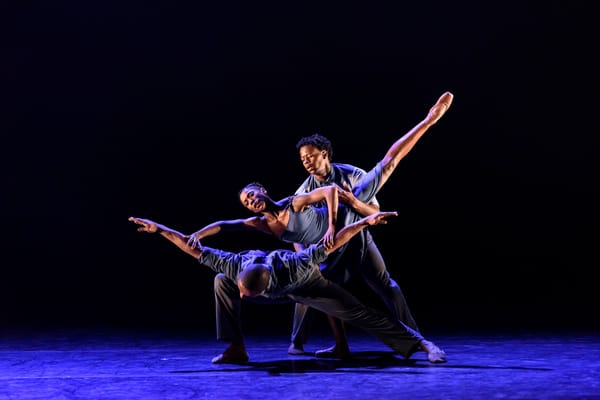Julie Cunningham | Dance as Performance Art
Julie Cunningham & Company's Double Bill was on at the Barbican Centre from 8th – 11th March
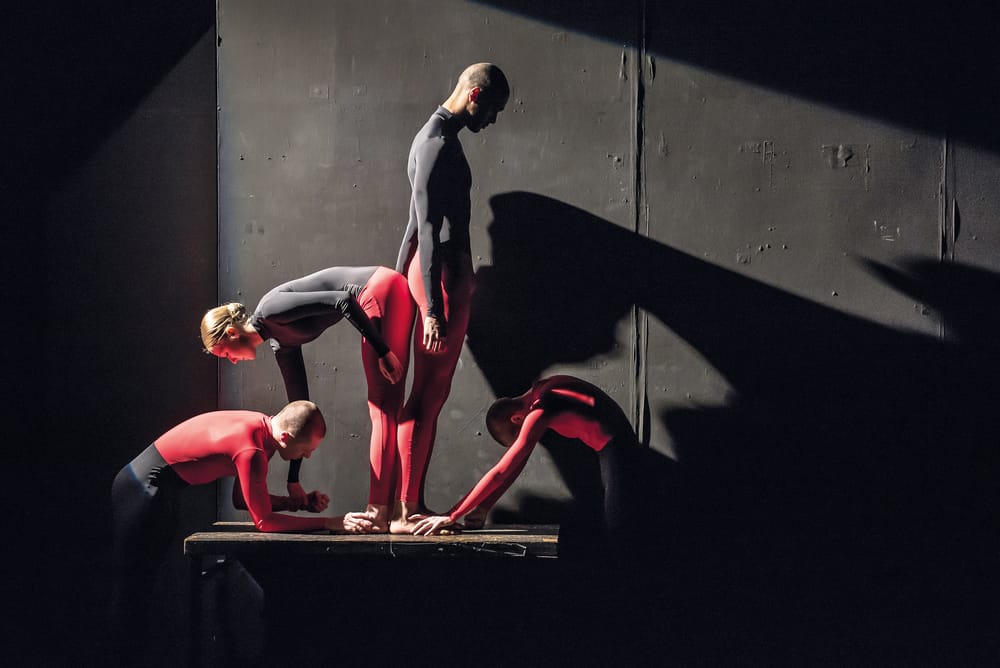
Classical dance is about confirmation, while contemporary dance is about exploration.” Classical ballets are drawn from well-known tales; the characters fall into easily recognisable roles – the princess, the knight-errant, the evil queen. By the end of the first act, if not before, we all know how the story ends. Good triumphs over evil, the star-crossed lovers are tragically separated by fate, and so on. Even the language of ballet displays itself in conventional figures such as grand jetés and pirouettes. On the other hand, contemporary dance is characterised by freedom and creativity of movement, with a focus on expressiveness – unlike classical dance, there is often no narrative story and the abstract meaning of a piece is left up to the viewer to decide.
Personally, I find the nebulous-ness of contemporary dance a bit confusing. It was thus, with some trepidation, that I attended Returning/To Be Me, a double bill which is Liverpudlian Julie Cunningham’s choreography debut at the Barbican. After a successful career as a dancer, including a decade with Merce Cunningham – one of the forerunners of American modern dance – she is trying her hand at choreography with her own dance company, consisting of just three other dancers and herself.
Gender fluidity and identity is the theme of the evening. The first piece, Returning, is set to an eclectic soundtrack of Anohni, Björk, and Ravel. Dressed in deliberately androgynous costumes, the four dancers group and ungroup in fluid movements. The Barbican Centre’s Pit, a tiny 200-seat theatre, is so small that we hear every squeak of their bare feet on the floor; it feels curiously intimate. The dancers’ motions are informed not only by the rhythm of the music but also by spoken words that overlie the soundtrack; we hear a monologue that muses on the pull of the moon, menstruation, and the gendered nature of monotheistic gods.
To Be Me is set to the turbulent voice of Kate Tempest reciting five poems from her collection Hold Your Own. The poems are based loosely on Tiresias, the gender-changing prophet of Greek legend. Tempest is known for her spoken-word poetry that draws from rap and hip-hop influences, and her wild voice provides a perfect backdrop for the starker, more forceful choreography of To Be Me. Compared to the shifting fluidity of Returning, this second piece is moodier, darker, with themes of internal conflict and external struggle.
Cunningham’s classical training is evident in her meticulous choreography. While it retains the formalism and structure of classical ballet, it uses it in a highly explorative, experimental way. The four dancers fill the performance space and the choreography is never boring or monotonous to watch.
Purely from a dance perspective, I don’t think I liked it that much – Cunningham’s choreography is certainly solid but it is not very accessible. One enigmatic configuration of figures morphs to another with impassioned staring and quasi-symbolic gestures, but a coherence within each piece is somewhat lacking and the inherent meaning (is there meant to be one?) remains elusive. In 1903, Isadora Duncan proposed that for the dancer of the future, “the natural language of the soul will have become the movement of the body”. Perhaps it is just me, but I don’t think contemporary dance is quite there yet. Combined with the poetry and music, however, Cunningham’s choreography does make an interesting piece of performance art. Thought-provoking, even if the theme of gender starts to feel a little overdone by the end.

